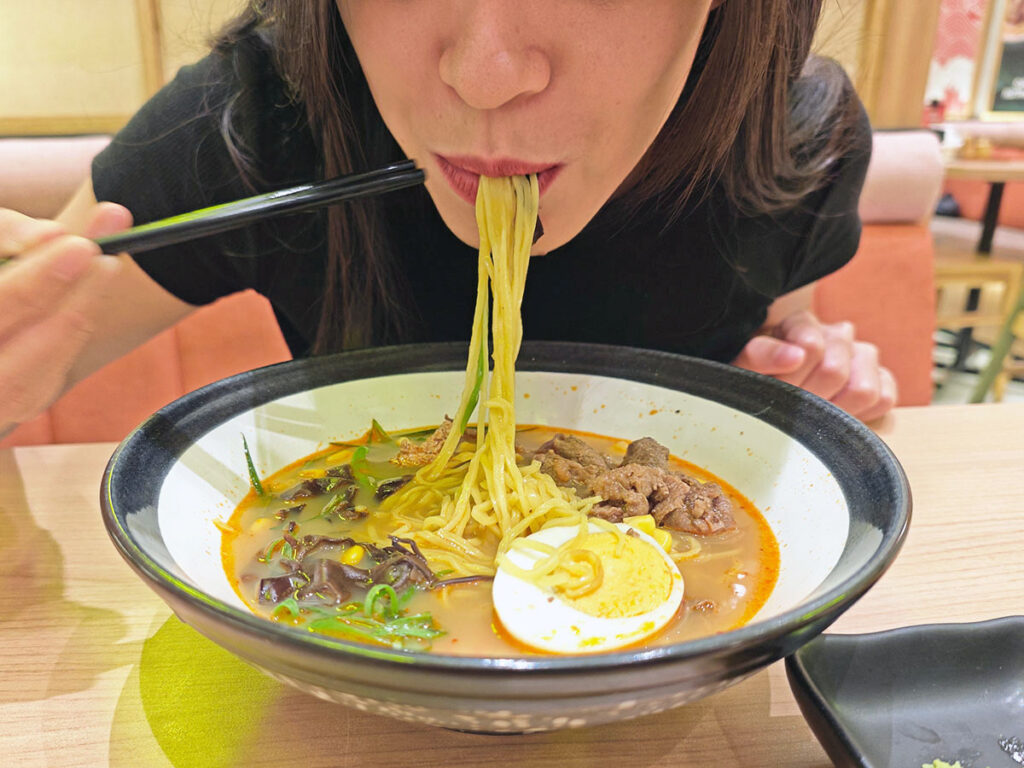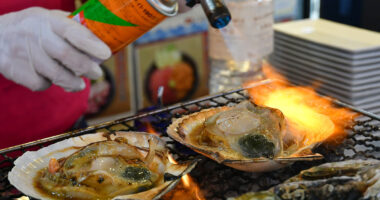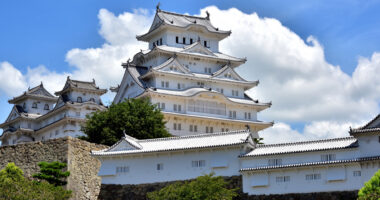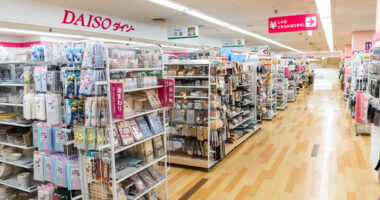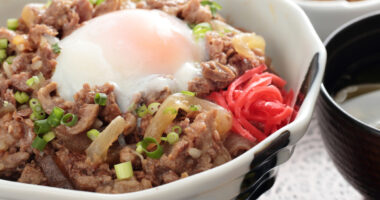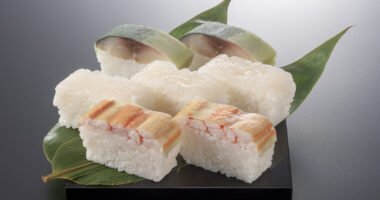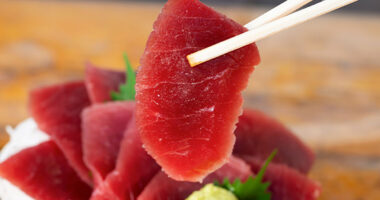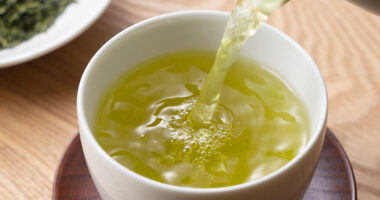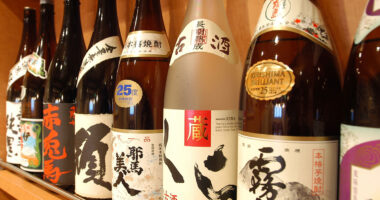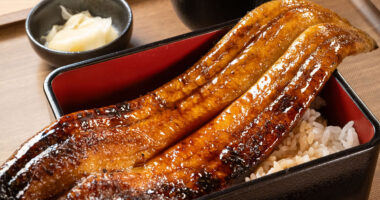When planning a trip to Japan, one dish you absolutely can’t miss is ramen.
Ramen is a beloved part of Japanese cuisine that has evolved uniquely in each region of the country. Originally imported from China, this noodle dish has taken on a life of its own in Japan—growing into a cultural staple served everywhere from casual diners to Michelin-starred restaurants.
This article will walk you through the major types of ramen, their unique characteristics, and tips for finding the right bowl for you before your trip to Japan.
Ramen culture in Japan
In Japan, ramen is more than just a meal—it’s a cultural phenomenon. Brought over from China in the 17th century, Chinese-style noodles were adapted over time to suit Japanese tastes, eventually transforming into the ramen we know today.
In the early days, ramen was not widely available and remained a niche food enjoyed by a select few. It wasn’t until the late Edo period and into the Meiji era that it started to spread across the country, eventually becoming a household staple by the early Taisho period.
Today, ramen is considered a national dish. Some ramen shops are even open 24 hours a day. Different regions have developed their own iconic styles—like miso ramen in Hokkaido, tonkotsu (pork bone) ramen in Kyushu, and soy sauce-based ramen in Tokyo—each reflecting local ingredients and climate.
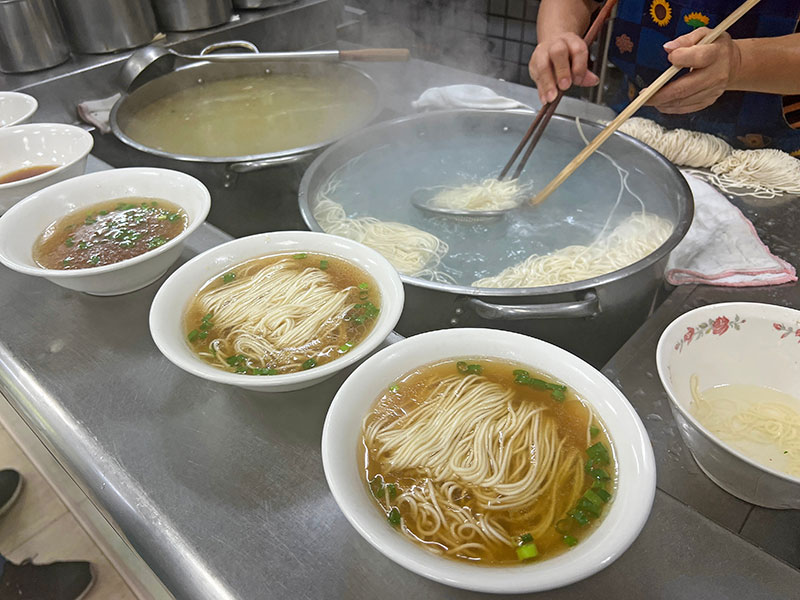
Photo for illustrative purposes
Ramen’s global popularity has also surged thanks to films, dramas, and increased coverage in international media. With several ramen shops earning spots in the Michelin Guide, the dish is now appreciated not just as comfort food, but as gourmet cuisine.
A brief history of ramen in Japan
The development of modern Japanese ramen accelerated after 1859, when the port of Yokohama opened, allowing Chinese-style noodle dishes to spread and evolve. These early dishes were gradually adapted for Japanese palates, eventually spreading nationwide.
By the early 20th century, ramen made with soy sauce-based broth was already being served in restaurants. This soy sauce ramen remains one of the most classic and beloved styles today. After World War II, ramen became a go-to meal for the general public due to its affordability and nutritional value.
In the 1950s, instant ramen was invented, allowing people to enjoy the dish easily at home. Then, in the 1980s, local ramen styles—known as gotōchi ramen—started booming. Today, the ramen world includes everything from traditional bowls to wildly creative innovations served at specialty shops.
4 classic Ramen styles in Japan
Japanese ramen is usually categorized by the type of tare (seasoning sauce) used in the broth. The four most common styles are soy sauce, salt, miso, and pork bone. Each has a distinct flavor and texture, and preferences can vary depending on the season or region.
Soy sauce ramen (shōyu)
Soy sauce ramen is the most traditional and widely enjoyed style in Japan. The broth is made by combining a soy sauce-based seasoning with stock from chicken bones, vegetables, dried fish, and more.
It ranges from clear and light to dark and rich, depending on the type of soy sauce used. In the Kanto region, bold koikuchi soy sauce is common, while Kansai ramen tends to use lighter usukuchi soy sauce.
Its appeal lies in its simplicity and depth of flavor. The broth is often so refined that you’ll want to drink it to the last drop—making it a great introduction for first-time ramen eaters.
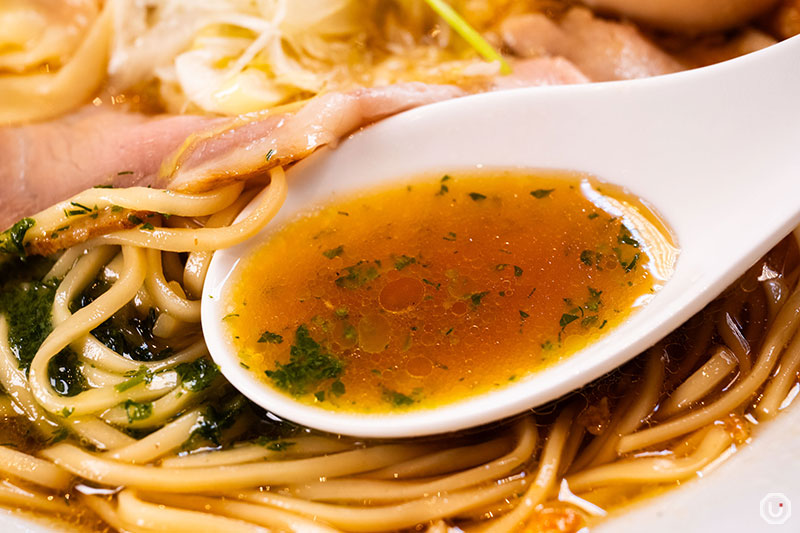
Soy sauce-based “Supreme ramen” from Men Ginza Onodera HONTEN
Want to learn more about the Michelin-grade soy sauce ramen shown in the photo above? Check out the full story below!
Salt ramen (shio)
Salt ramen is the lightest of the four major styles, known for its clean and delicate flavor. The broth is made with a salt-based seasoning and stock from chicken, pork, seafood, or a combination of ingredients.
Typically transparent and minimal in oil, it allows the natural flavors of the ingredients to shine. It’s especially popular during warmer seasons or after rich dishes to refresh the palate with a lighter option.
Many modern versions use seafood-based broths and even incorporate citrus like lemon or sudachi for a refreshing twist.
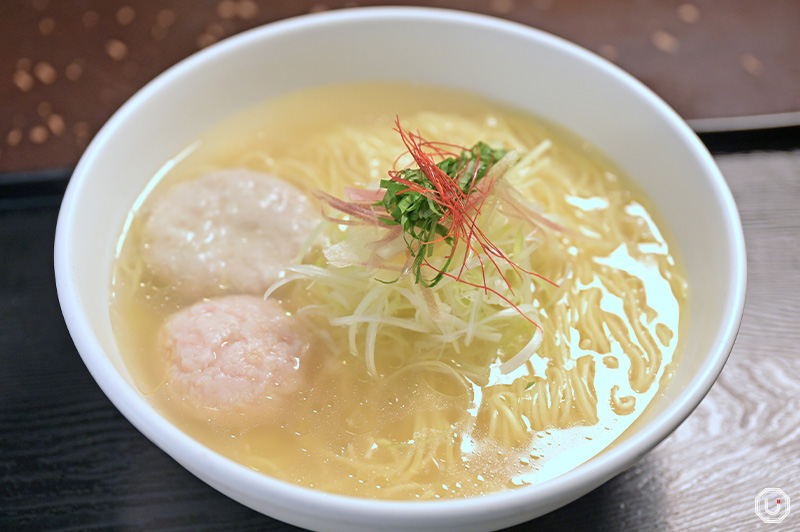
The signature “Seafood base RAMEN” at Ramen Restaurant KAIJIN Shinjuku
Interested in a crystal-clear seafood broth? This article has the details: Lightly, but deeply flavored seafood and salt-based ramen at Ramen Restaurant KAIJIN Shinjuku
Miso ramen
Miso ramen is a rich, hearty style made with fermented soybean paste. It originated in Sapporo, Hokkaido, as a warming meal for cold climates.
The type of miso used—white, red, or blended—greatly affects the flavor. You’ll also find regional varieties like Shinshu, Sendai, and Kyūshū-style miso ramen throughout Japan.
Miso ramen is known for its depth and bold umami. It pairs beautifully with vegetables like bean sprouts, corn, and garlic chives, making it especially satisfying in colder weather.
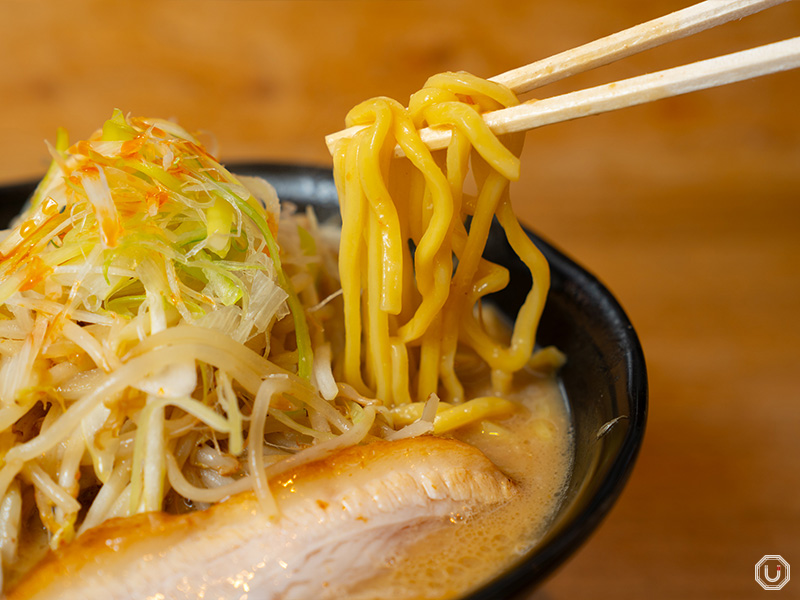
House-made “Miso Ramen” from Manbaken Daidai in Ikebukuro
Want to taste some of the best miso ramen in Tokyo? Look no further:
Tonkotsu ramen (pork bone-base)
Tonkotsu ramen is made by boiling pork bones for hours, creating a creamy white broth packed with flavor. This style hails from Fukuoka in Kyushu and includes sub-styles like Hakata and Kurume ramen.
Long simmering extracts collagen and gelatin from the bones, resulting in a rich and velvety soup. Its high nutritional content and collagen, believed to benefit skin health, make it widely popular, especially among those seeking beauty benefits.
Tonkotsu ramen typically features thin noodles cooked al dente, and regional styles vary: Hakata ramen is lighter, Kurume is extra rich, and Kumamoto often features roasted garlic oil.
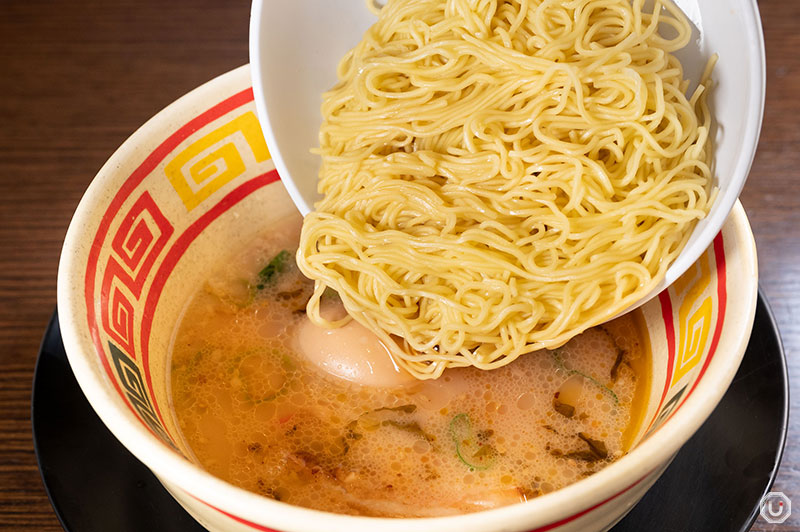
Tonkotsu ramen with an extra serving of noodles (kaedama) at Tokyo Jangara ecute Ueno
Curious about kaedama and how to enhance your ramen experience? Here’s the full scoop:
Other unique ramen styles
Beyond the four major types, Japan is home to many inventive ramen styles that have evolved in their own unique directions.
Tsukemen
Tsukemen is a style where the noodles and soup (or dipping sauce) are served separately. It was reportedly invented around 1960 at the Tokyo shop “Rokurinsha,” and has since gained popularity across Japan.
The noodles are thick and chewy, meant to be dipped into a rich, concentrated broth. This separation highlights the texture and flavor of the noodles, while the dipping sauce is more intensely flavored than regular ramen broth.
At the end of the meal, hot water or lighter broth is often added to the remaining dipping sauce to create a drinkable soup—known as sūpu wari—and a satisfying way to finish your bowl.
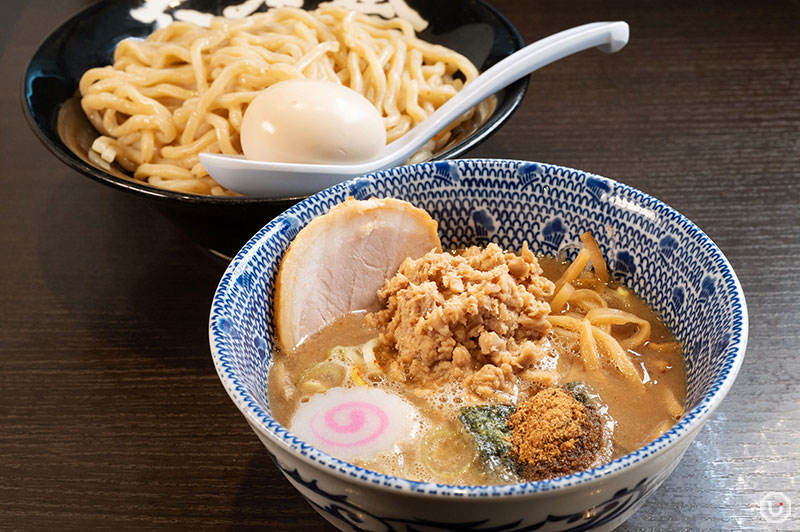
The “Special Dip Noodles” at Rokurinsha
Looking for ultra-thick noodles coated in rich broth? This fan-favorite tsukemen spot has you covered:
Hiyashi Chūka (chilled ramen)
Hiyashi chūka is a chilled noodle dish served in summer, and a seasonal favorite in Japan. The noodles are boiled, cooled in ice water, and then topped with colorful ingredients like ham, egg, cucumber, and tomato.
The sauce is typically soy-based or sesame-based, offering a refreshing tang that pairs perfectly with the crisp toppings. It’s visually vibrant and tastes as light and cool as it looks.
Although traditionally a summer-only menu item (June–September), more shops are starting to offer it year-round.
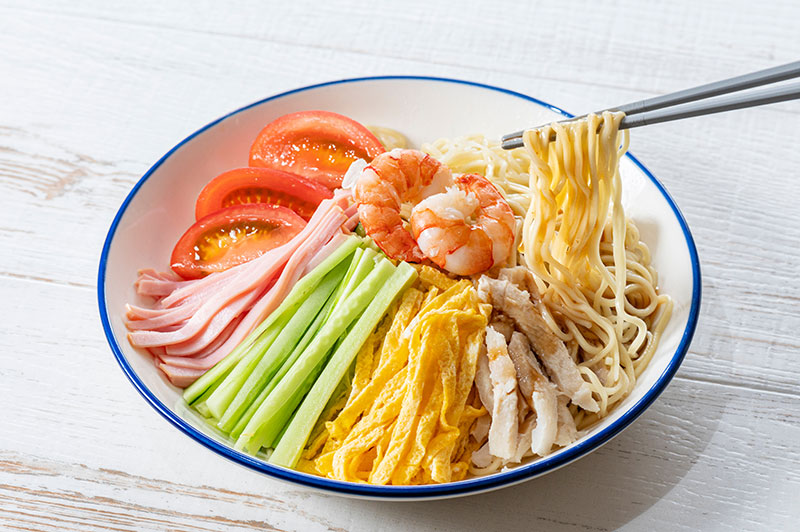
Photo of Hiyashi Chuka for illustrative purposes
Abura Soba & Mazesoba
Abura soba and mazesoba are soup-less ramen styles where noodles are tossed with oil and sauce instead of broth. Because they contain less liquid, you experience the pure flavor and texture of the noodles.
Abura soba typically uses lard or flavored oils combined with soy-based sauces. Mazesoba tends to be more elaborate, featuring a variety of toppings and sauces—almost like a Japanese-style pasta.
The key is to mix thoroughly before eating so each bite is coated in sauce and delivers a slightly different flavor with every mouthful.
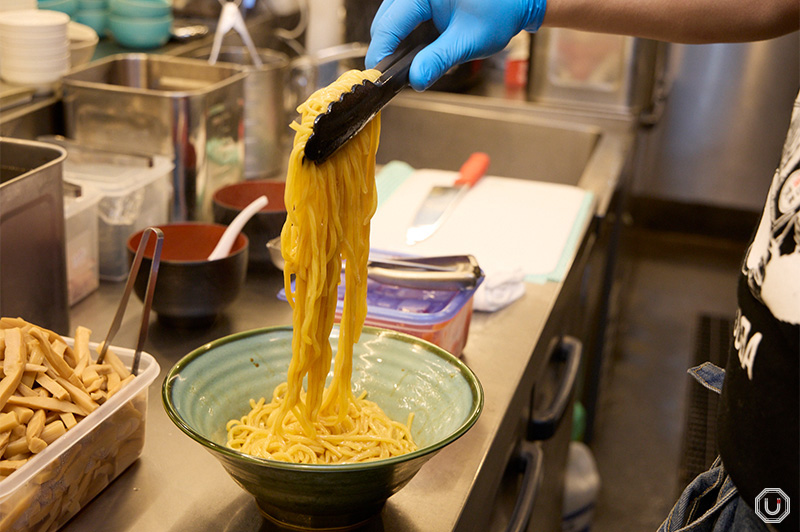
House-made noodles featured in the “Tarako Butter Kamatama Abura Soba” at Abura Soba Nihon Aburatō Shibuya
Curious about ultra-rich ramen with no soup? This trendy shop in Shibuya is a must-visit:
Types of ramen noodles
Noodles are one of the key elements that determine the taste and texture of a bowl of ramen. Made from wheat flour, salt, eggs, and a uniquely Japanese ingredient called kansui (alkaline mineral water), ramen noodles come in a wide variety of shapes and sizes.
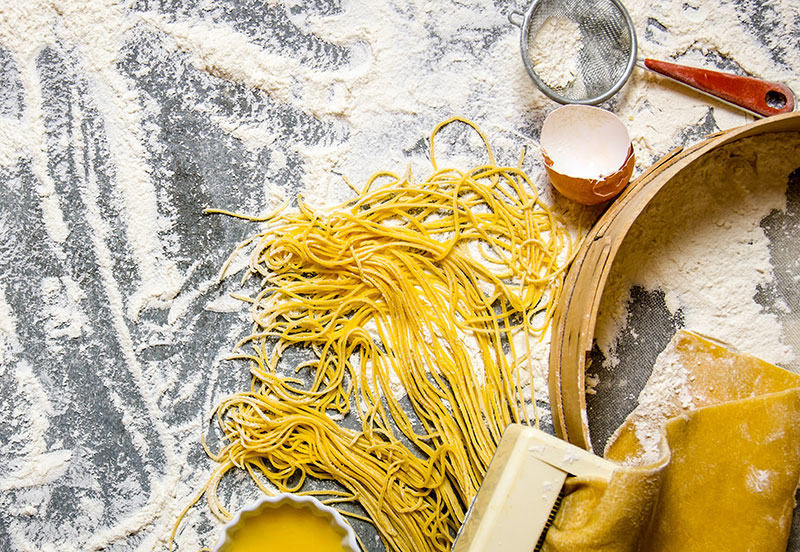
Photo for illustrative purposes
The use of kansui gives ramen noodles their signature yellow hue and springy, chewy texture. It also distinguishes them from other Japanese noodles like udon or somen, and helps the noodles hold up better when soaked in hot soup.
| Type | Width | Texture | Best with |
|---|---|---|---|
| thin noodles | 1–2 mm | absorbs soup well | tonkotsu, shio |
| medium noodles | 2–3 mm | balanced bite | shoyu, miso |
| thick noodles | 3 mm and up | hearty and chewy | tsukemen, mazesoba |
The curl of the noodle also makes a difference. Curly noodles cling to broth better, while straight noodles offer a cleaner, slurpable experience. Many tonkotsu ramen shops also let you choose your preferred noodle firmness—ranging from soft to extra firm—so you can tailor each bowl to your liking.
Classic ramen toppings
One of the joys of eating ramen is customizing it with a variety of delicious toppings. From the essentials to regional specialties, toppings not only add flavor but also visual appeal and nutritional balance.
Essential Toppings
Chāshū (Japan’s version of char siu) is the most iconic ramen topping—braised or roasted slices of pork that are tender, flavorful, and melt-in-your-mouth delicious. There are different types of chashu, such as yakibuta (roasted) and nibuta (simmered), each offering a distinct taste and texture. Recently, low-temperature sous-vide cooked chashu has also become popular for its rosy center and delicate texture.
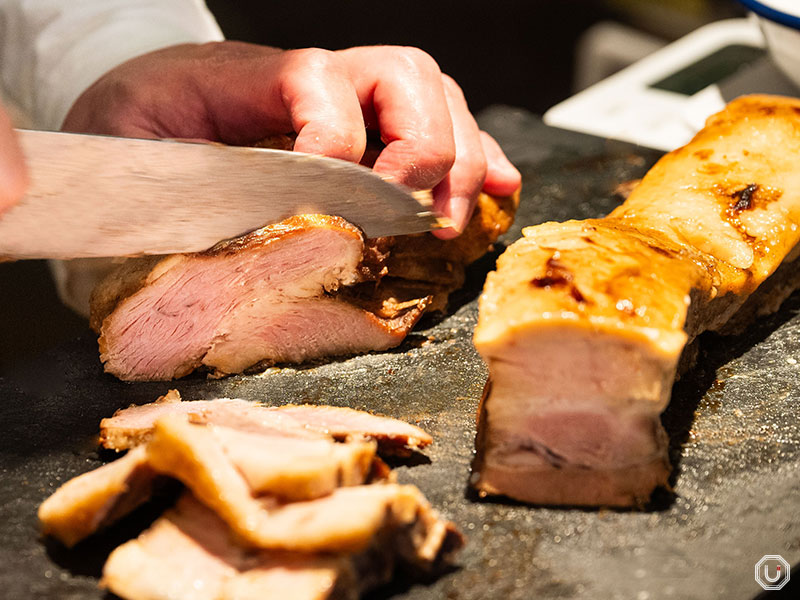
A generous serving of chashu on the house special ramen at Ginza Haru-chan Ramen
Other staples include menma (fermented bamboo shoots) for a crunchy bite, nori seaweed for aroma, and green onions for a refreshing, sharp accent. Miso ramen often comes with bean sprouts, which add crisp texture and volume.
Popular add-ons
Ajitama, or seasoned soft-boiled eggs, are marinated in a soy-based sauce to create a rich, creamy yolk and flavorful exterior. Narutomaki (often abbreviated to naruto), a pink-and-white swirled fish cake, adds visual charm and a gentle sweetness that balances richer broths.
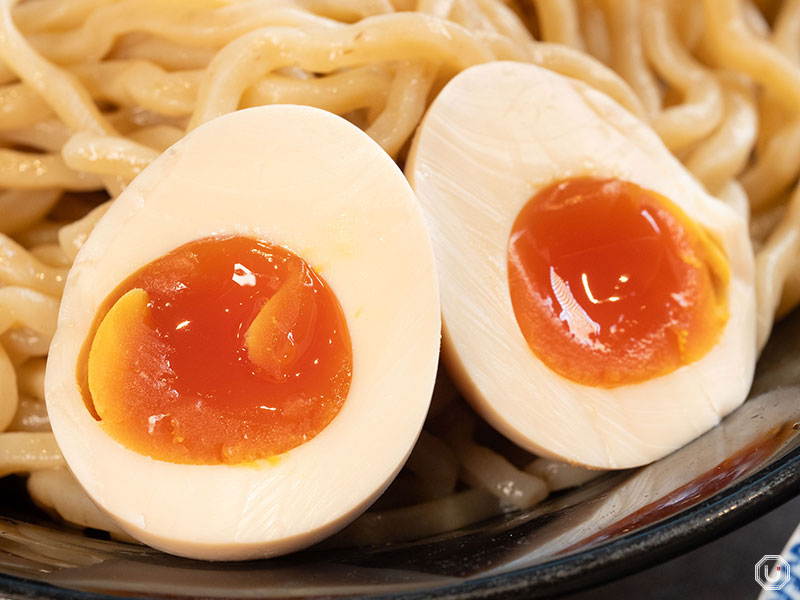
Ajitama in the “Dip Noodles with Soft-boiled Egg” at Rokurinsha
For a healthier bowl, corn, cabbage, and spinach are excellent veggie options. If you’re craving heat, look out for spicy toppings like chili oil, kimchi, or spicy bean sprouts—many ramen shops offer them for a small fee or even for free.
Most toppings cost between 100 and 300 yen, and you can freely mix and match. For your first visit, it’s a good idea to start with a basic bowl and explore different toppings on future visits.
Conclusion
From the four classic broth styles—shoyu, shio, miso, and tonkotsu—to countless regional variations, ramen is one of Japan’s most diverse and beloved food cultures.
Beyond the standard bowls, unique styles like tsukemen, hiyashi chuka, and brothless options like abura soba and mazesoba keep things exciting and ever-evolving.
With so many options, half the fun is discovering your personal favorite. Whether it’s thick or thin noodles, light or rich broth, or a mountain of toppings, there’s a bowl of ramen out there to match your taste. For first-timers, starting with a classic shoyu ramen is a safe bet—then branch out as your ramen journey continues!
When visiting Japan, be sure to try ramen in different regions to fully experience its depth and variety. Each bowl tells a local story, making ramen not just a meal, but a cultural adventure you won’t forget.
